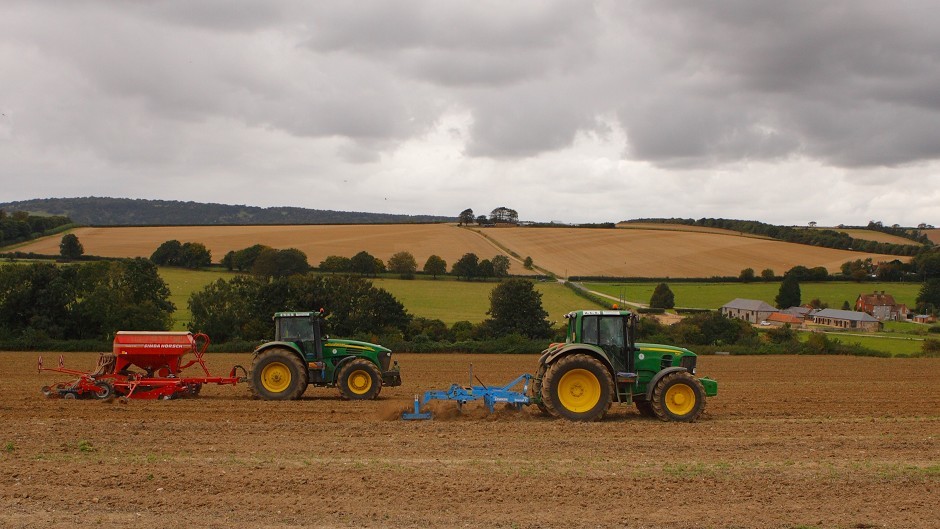New industry guidance has been published outlining landlord and tenant farmer obligations.
The guidance has been developed by NFU Scotland, Scottish Land and Estates (SLE) and the Scottish Tenant Farmers Association (STFA).
It follows the publication of similar guidance by the three bodies on limited partnerships, rent reviews and tenants’ improvements.
The latest guidance, which is based on current legislation, outlines a framework for landlords and tenants to agree a planned approach to fulfilling their obligations.
It is based on a typical agricultural lease where the landlord is responsible for replacing and renewing worn out assets, and the tenant is responsible for keeping assets in good order through maintenance and repair. It can also be adapted to suit other tenancy agreements.
NFU Scotland president, Allan Bowie, said the new guidance was a welcome step forward.
“The productivity of Scottish agriculture depends on farmers having access to land and fixed equipment that are in optimal condition, and landlords or tenants who do not fulfil their obligations promptly risk undermining the success of our industry,” added Mr Bowie.
SLE chairman, David Johnstone, said: “Landlords are in the business of providing capital assets so that tenants can use them to generate an income and pay an appropriate level of rent in return. Any slippage in fulfilling obligations by either party could reduce the income generating capacity of these assets to the detriment of both parties.”
STFA chairman, Christopher Nicholson, added: “Despite very high levels of innovation and skill in the tenanted sector, productivity and incomes are sometimes held back by a failure to fulfil obligations promptly leading to dilapidated assets. Both parties have a responsibility to address this issue, and the systematic common-sense approach recommended in the guidance will be welcomed by tenants.”
The guidance was prepared with support from the Scottish Government’s independent adviser on tenant farming, Andrew Thin. Copies are available from NFU Scotland, SLE and STFA, or online at www.gov.scot/Topics/farmingrural/Agriculture/agricultural-holdings/Tenant-Farming-Adviser.
